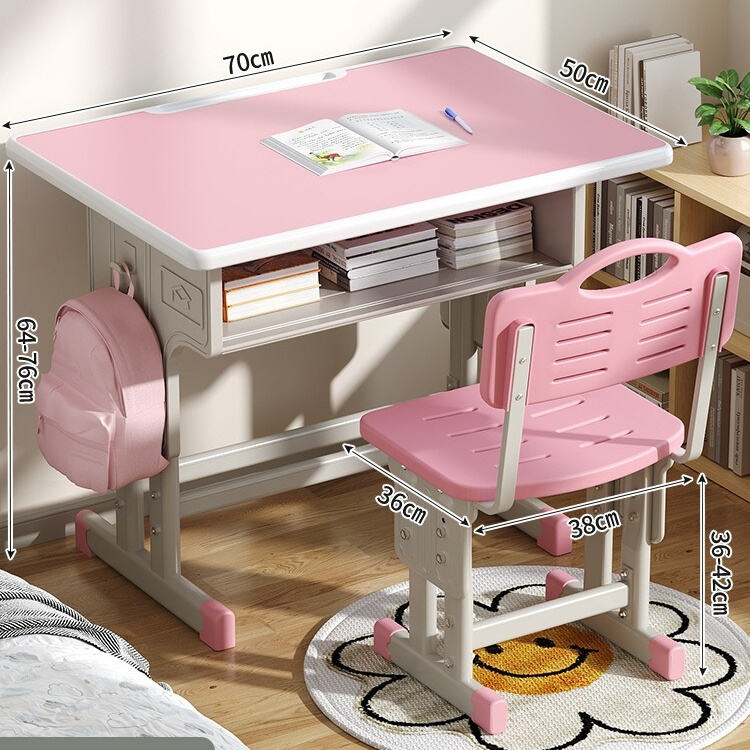Modern living spaces are becoming increasingly compact, making efficient furniture selection more critical than ever. For families dealing with limited square footage, finding the right sleeping solutions can transform cramped quarters into functional, comfortable environments. Smart furniture choices not only maximize available space but also create organized, livable areas that serve multiple purposes throughout the day.

Space-saving furniture has evolved dramatically over recent years, with manufacturers developing innovative designs that blend functionality with aesthetic appeal. The furniture industry now offers sophisticated solutions that address the unique challenges faced by urban dwellers, apartment residents, and homeowners seeking to optimize their living environments. These developments have revolutionized how we approach interior design in smaller spaces.
Contemporary design trends emphasize versatility and multi-functionality, making it essential to select pieces that serve various purposes while maintaining visual appeal. The best furniture investments for small spaces are those that provide maximum utility without overwhelming the room or compromising on comfort and safety standards.
Essential Space Planning Strategies
Measuring and Assessment Techniques
Accurate room measurements form the foundation of successful space planning. Before selecting any furniture, homeowners should create detailed floor plans that account for ceiling height, window placement, door swing patterns, and existing architectural features. This comprehensive assessment prevents costly mistakes and ensures optimal furniture placement.
Professional interior designers recommend measuring rooms at multiple times during the day to understand how natural light affects spatial perception. Different lighting conditions can dramatically alter how spacious or cramped a room appears, influencing furniture selection and arrangement decisions.
Digital planning tools and mobile applications now make it easier than ever to visualize furniture placement before making purchase decisions. These technological resources help homeowners experiment with different configurations and identify the most efficient layouts for their specific spaces.
Traffic Flow Optimization
Effective traffic flow planning ensures that furniture placement enhances rather than hinders daily movement patterns within the home. Well-designed spaces maintain clear pathways that allow residents and guests to navigate comfortably without feeling restricted or cramped.
The ideal furniture arrangement creates natural zones within rooms while maintaining connectivity between different functional areas. This approach maximizes the utility of each square foot while preserving the open, airy feeling that makes small spaces more livable.
Strategic furniture positioning can also create visual barriers that define separate areas within multi-purpose rooms, providing privacy and organization without requiring permanent structural changes to the living space.
Contemporary Design Features and Innovations
Multi-Level Storage Solutions
Modern space-saving furniture incorporates sophisticated storage systems that utilize vertical space efficiently. These designs feature built-in drawers, shelving compartments, and hidden storage areas that eliminate the need for additional furniture pieces while keeping belongings organized and easily accessible.
Advanced storage solutions now include specialized compartments designed for specific items such as clothing, books, toys, and electronic devices. This targeted approach ensures that every item has a designated place, reducing clutter and maintaining the clean, organized appearance essential in smaller living spaces.
The integration of storage features into furniture design represents a significant advancement in space optimization technology. These innovations allow homeowners to maintain organized, functional living environments without sacrificing style or comfort.
Safety and Stability Enhancements
Contemporary furniture manufacturers prioritize safety through advanced engineering and rigorous testing protocols. Modern designs incorporate reinforced construction methods, improved joint systems, and enhanced stability features that exceed traditional safety standards.
Safety innovations include improved ladder designs with non-slip surfaces, reinforced support structures, and enhanced guardrail systems. These features provide peace of mind for parents while ensuring that furniture meets or exceeds all relevant safety regulations and industry standards.
Regular safety updates and design improvements reflect the industry's commitment to continuous improvement and user protection. Manufacturers now conduct extensive testing programs that simulate real-world usage conditions to identify and address potential safety concerns before products reach consumers.
Material Selection and Durability Considerations
Sustainable Construction Materials
Environmental consciousness has driven significant improvements in furniture manufacturing, with many companies now utilizing sustainable materials and eco-friendly production processes. These materials offer excellent durability while minimizing environmental impact, making them ideal choices for conscientious consumers.
High-quality sustainable materials provide the strength and longevity necessary for furniture that will withstand daily use over many years. These materials often feature natural resistance to wear, moisture, and other environmental factors that can compromise furniture integrity over time.
The availability of certified sustainable materials has expanded significantly, giving consumers more options to select furniture that aligns with their environmental values without compromising on quality, safety, or aesthetic appeal.
Maintenance and Longevity Factors
Proper maintenance practices significantly extend furniture lifespan while preserving appearance and functionality. Understanding the specific care requirements for different materials helps homeowners protect their investment and ensure optimal performance throughout the furniture's useful life.
Quality construction methods and premium materials reduce maintenance requirements while providing superior resistance to daily wear and tear. These factors make high-quality furniture more cost-effective over time, despite potentially higher initial purchase prices.
Manufacturers increasingly provide comprehensive care instructions and warranty coverage that support long-term furniture performance. These resources help consumers maintain their furniture properly while providing recourse in the event of defects or premature wear issues.
Installation and Setup Considerations
Assembly Requirements and Tools
Modern furniture designs prioritize user-friendly assembly processes that minimize installation time and complexity. Comprehensive instruction manuals, pre-drilled holes, and color-coded hardware systems make it possible for most homeowners to complete assembly without professional assistance.
The best bunk bed options include all necessary hardware and provide detailed step-by-step instructions that guide users through the assembly process safely and efficiently. Clear illustrations and numbered components reduce confusion and help prevent assembly errors that could compromise safety or functionality.
Quality manufacturers design their products with assembly convenience in mind, utilizing standardized hardware and connection systems that work reliably across different product lines. This consistency helps reduce assembly time while ensuring secure, stable connections.
Space Requirements During Installation
Successful furniture assembly requires adequate workspace and careful planning to accommodate the assembly process within existing room constraints. Homeowners should clear sufficient floor space and ensure adequate overhead clearance before beginning assembly procedures.
Professional installers recommend assembling furniture in the room where it will be used whenever possible, as fully assembled pieces may be difficult or impossible to move through doorways or up staircases. This approach prevents potential damage and eliminates the need for disassembly and reassembly.
Proper assembly planning includes verifying that all components can fit through doorways and around corners during the construction process. Taking time to plan the assembly sequence prevents complications and ensures smooth installation procedures.
FAQ
What safety standards should parents look for when selecting furniture for children's rooms
Parents should verify that furniture meets or exceeds CPSC safety standards and carries appropriate certification marks. Look for features such as rounded edges, secure ladder attachments, proper guardrail height, and weight capacity specifications. Additionally, ensure that all hardware is properly secured and that the manufacturer provides clear weight and age guidelines for safe use.
How can families maximize storage in small bedrooms without creating clutter
Focus on furniture pieces that incorporate built-in storage solutions such as drawers, shelving, and hidden compartments. Utilize vertical space effectively by selecting tall, narrow storage units rather than wide, low pieces. Implement organizational systems within storage areas to maintain order and ensure that stored items remain easily accessible when needed.
What room dimensions are necessary to accommodate space-saving furniture safely
Minimum room dimensions vary depending on furniture configuration, but generally require at least 8-foot ceilings for elevated sleeping arrangements. Floor space should allow for at least 3 feet of clearance around the furniture for safe movement. Always consult manufacturer specifications for exact clearance requirements, as these vary between different designs and configurations.
How do modern designs balance functionality with aesthetic appeal in small spaces
Contemporary manufacturers use clean lines, neutral colors, and streamlined profiles to create furniture that enhances rather than overwhelms small spaces. Multi-functional designs incorporate storage and sleeping areas seamlessly, while premium materials and finishes ensure that practical furniture maintains visual appeal. The best designs integrate seamlessly with existing decor while providing maximum utility within minimal footprint requirements.
Table of Contents
- Essential Space Planning Strategies
- Contemporary Design Features and Innovations
- Material Selection and Durability Considerations
- Installation and Setup Considerations
-
FAQ
- What safety standards should parents look for when selecting furniture for children's rooms
- How can families maximize storage in small bedrooms without creating clutter
- What room dimensions are necessary to accommodate space-saving furniture safely
- How do modern designs balance functionality with aesthetic appeal in small spaces


